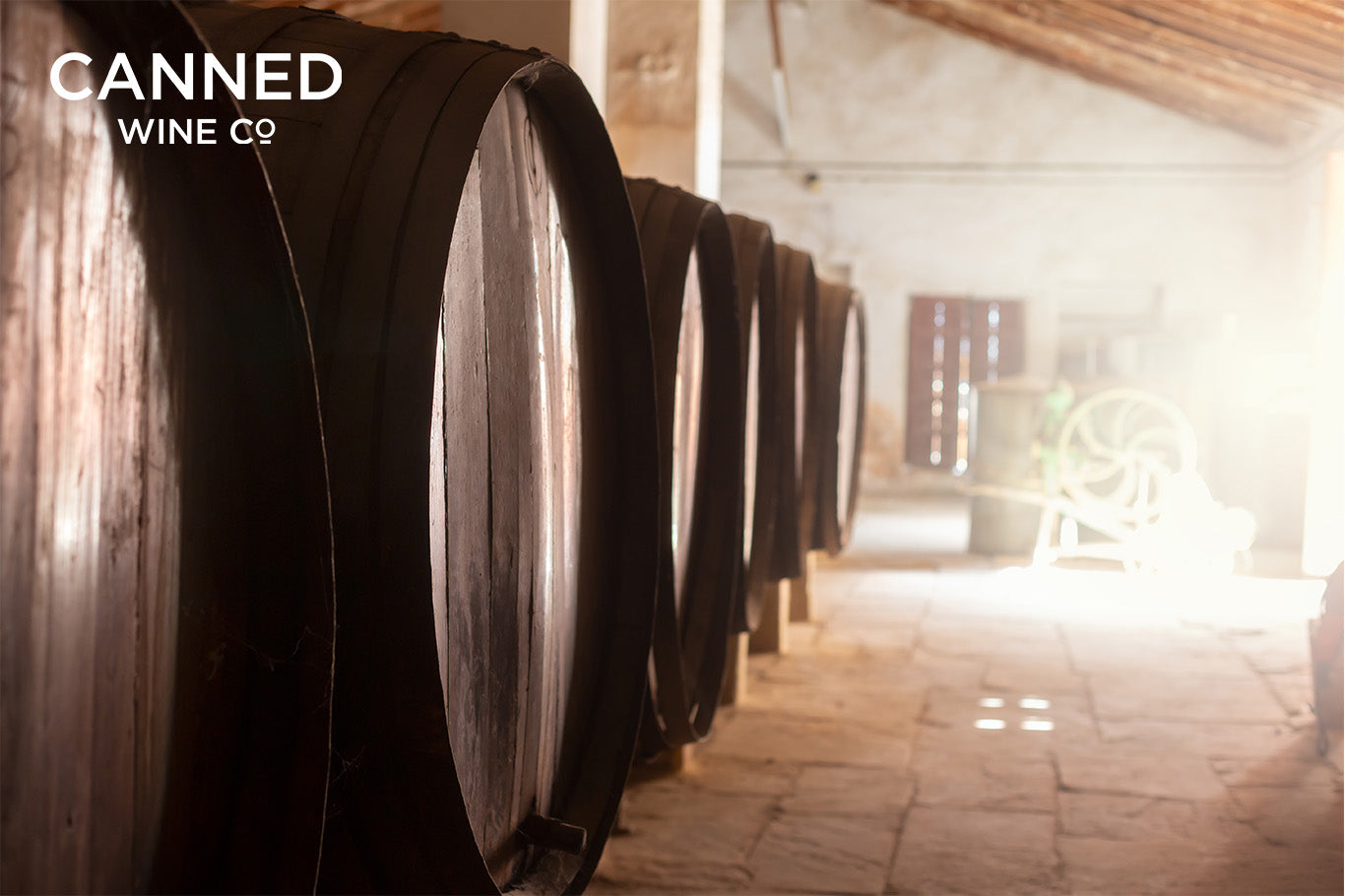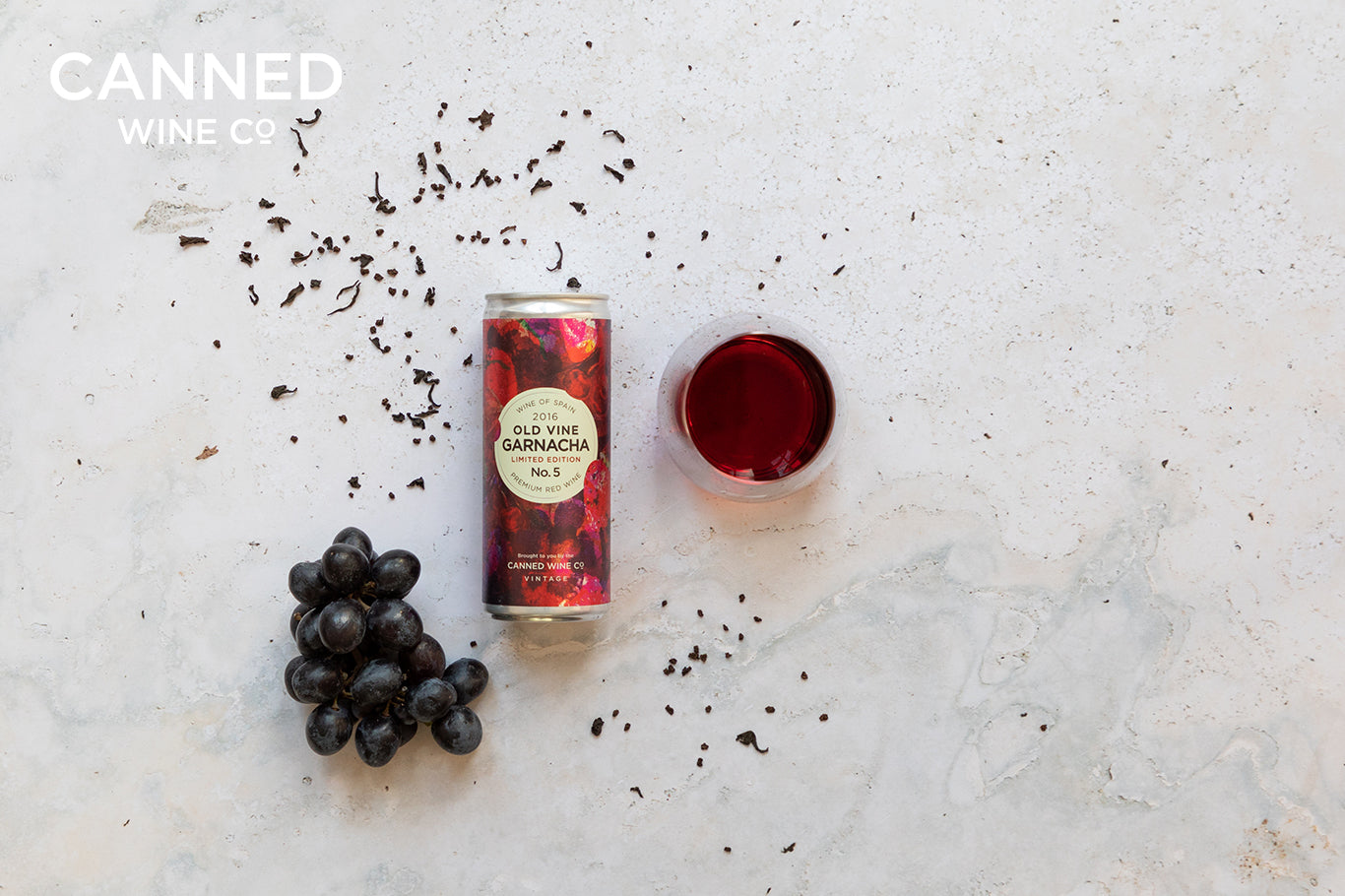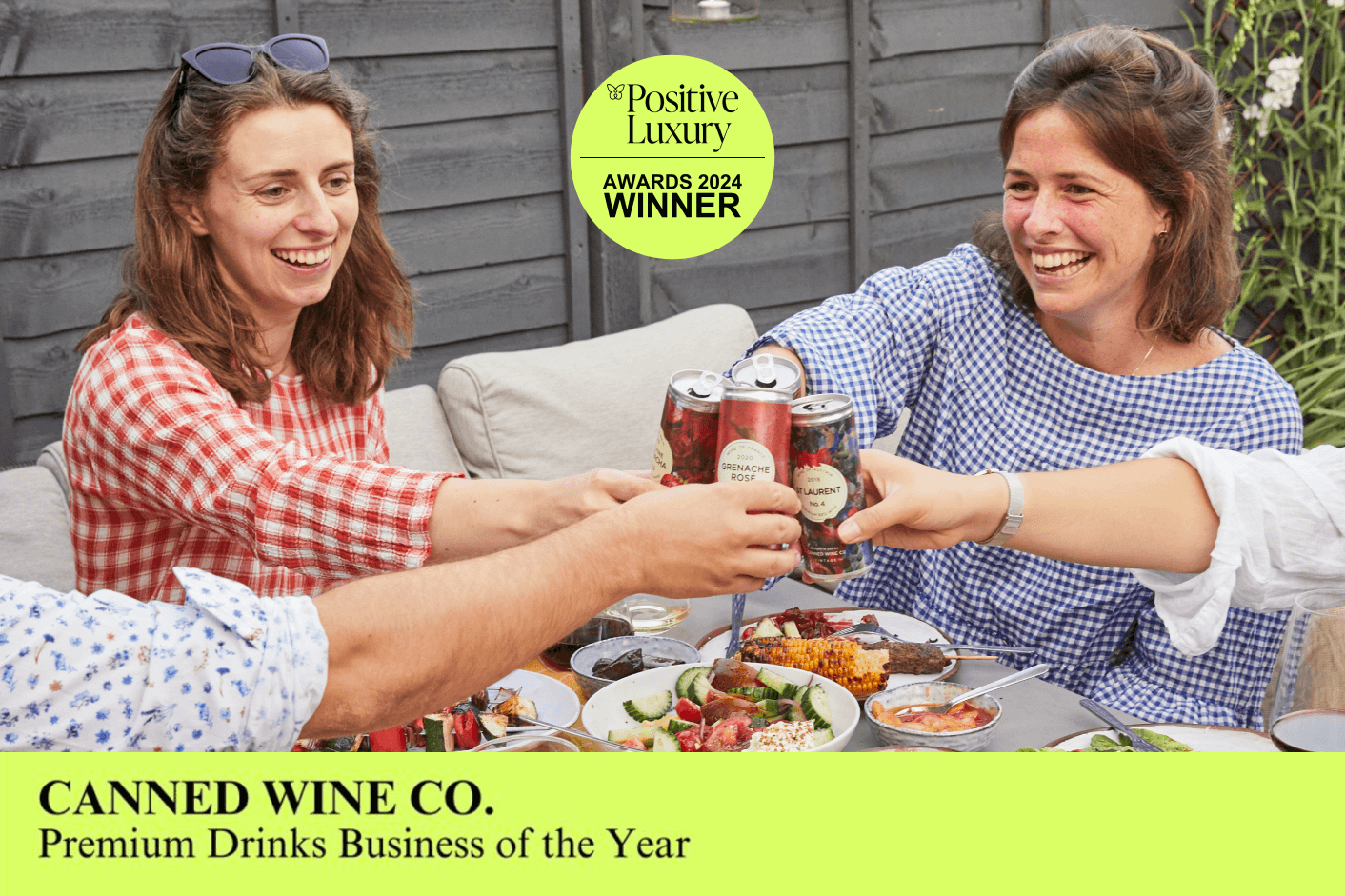You have probably heard the term oak-aging before. But what does this mean and how does it change wine?
Using wooden barrels is the traditional way of aging wine. Back in the day wine was also sold in the barrels instead of bottles or cans. There are three main impacts of using oak barrels for aging: it adds flavour compounds, it allows slow oxygen exchange and it allows certain reactions to occur that can make wines taste creamier.
Nowadays, stainless steel tanks or concrete vats can be used to age wine too. This depends on the winemaker and on the grape. For example, more neutral grapes such as Chardonnay can gain more complexity from oak aging, while grapes with strong aromas like Riesling can be overpowered by oak aging.
Flavour
Oak barrels primarily use American white oak or European (French) oak. Occasionally, wines will use Slavonian/Hungarian oak. The wood is toasted over fire, with different levels of toastiness creating different flavour notes. General flavours that oak-aging can impart include vanilla, caramel, coconut, clove, cinnamon, nutmeg, dill, smoke, chocolate, coffee and toffee. This differs for American vs European oak, as well as for white vs red wine.
For white wine, American oak is known to create vanilla, coconut and toffee flavours, while European oak is linked to nutty and smoky flavours. Slavonian/Hungarian oak adds more delicate, smoky oak flavour.
Oak-aging creates slightly different flavours in red wines. American oak is known to impart coconut and cinnamon flavours, while European oak imparts cloves, cedar and coffee flavours. Slavonian/Hungarian oak can add tannin without imparting lots of oak flavour, so is used for more subtle oak blends.
Important factors to consider are the size and age of the barrel, as well as how much time the wine spends in the oak barrel. Smaller barrels lead to more contact area in proportion to wine volume, allowing more flavours to be passed from the oak to the wine.
Can you use oak barrels more than once?
Yes, oak barrels can be used repeatedly. However, new oak imparts the most flavours, as oak barrels lose their flavours over time. The most flavour is imparted on the first use, a little on the second use and after four uses, pretty much no flavour is added to the wine. These “neutral” oak barrels can be used for more mellow wines, as minimal oxygen exchange still allows the wine to breathe without adding any additional flavours.
Additional to flavour, new oak barrels can also change the tanning structure in red wines. Tannins pass from the oak to the wine, giving the wine a stronger structure.
How was oak used in Canned Wine Co.’s range?
Four of our wines have oak aging: No. 2 Viognier, our limited edition No. 2 Barrel Aged Verdejo, No. 4 St Laurent, and No. 5 Old Vine Garnacha. In the Viognier, the aim is to add a creamy texture to the mouth-watering stone fruits, making the wine more mouth-watering and more accessible, balancing out its rich stone fruits. Similarly, the limited edition Verdejo - ordinarily a zippy, greenish grape - is brimming with sweet tangerine and so a short 6 months' stint in oak helps to round out the wine and add complexity.
The effect in both is the two white wines become much more versatile when it comes to food pairing. The Viognier will match delightfully with everything from white fish to lamb tacos, while the Verdejo's creamy character works beautifully with oily mackerel or shepherd's pie.
St Laurent, a grape similar to Pinot Noir but with darker fruit character, uses oak to its advantage as a softener. Rather than focusing on oak flavour, older oak is used to accentuate the leathery and spicy complexity of the wine but not to overshadow its juicy fruit. Meanwhile the natural micro-oxidation from the oak ageing means the St Laurent is soft, smooth and rounded to drink.
In the Old Vine Garnacha, oak plays a big role. It adds those coconut hues that have been made famous by Rioja wines. Paired with the deep cherry character of Garnacha as a grape, it's a marriage made in heaven. The result is a chocolatey, endlessly drinkable can of wine!
Written by Marieke Hammes & Ben Franks






